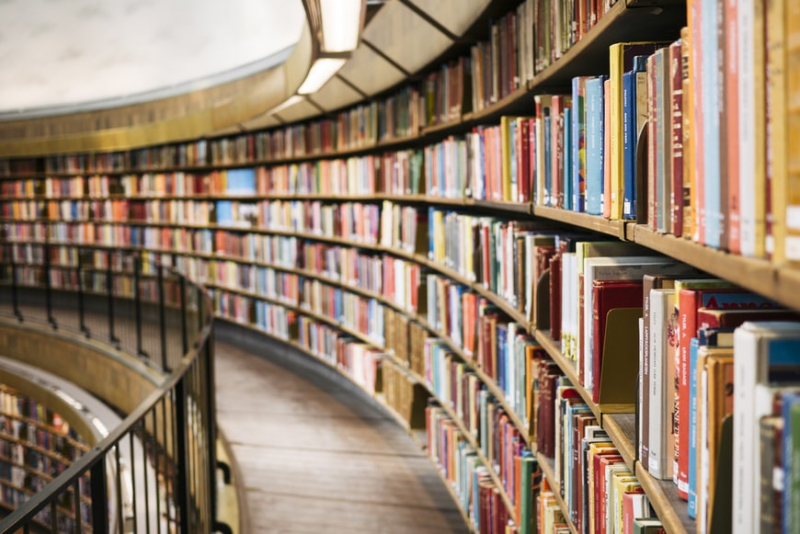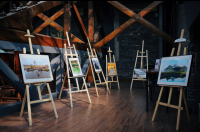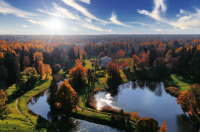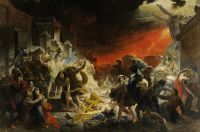In our previous articles, we’ve been carefully covering the comprehensive topic of Russian literature: now, in two chapters, you can learn about the pioneers and masters of the Golden Age, get to know the different strands of 20th-century Russian prose, or even discover iconic Russian poets and their creations. All these names and works sometimes are hard to keep straight, so why not help yourself with a visual experience and see what the life of these prominent people was like?
Dostoevsky Memorial Apartment
-
Where: Kuznechny Lane 5/2
Knock on the door of one of the city’s most iconic writers, Fyodor Dostoevsky! He briefly rented an apartment here in his youth, and it was this place that became his last residence in 1881. Within the walls of this house, Dostoevsky spent two years working on his last and most philosophical novel, The Brothers Karamazov.
Nowadays, the central piece of the museum is the house of the Dostoevsky family, thoroughly reconstructed based on the memoirs of his wife Anna as well as the blueprints of the house. It also hosts a literary exhibition featuring the writer’s manuscripts, photos, and other genuine documents, blended with multimedia items on display.
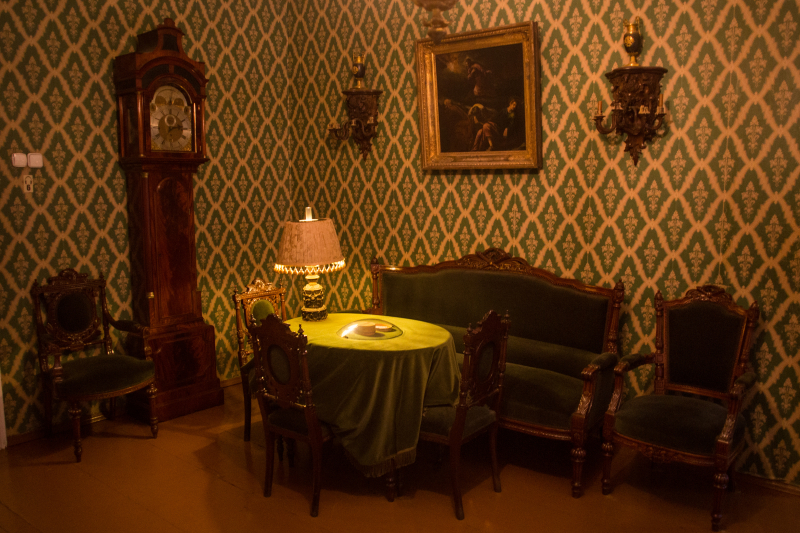
Credit: Alexey Komarov/ Wikimedia Commons
Anna Akhmatova Museum
-
Where: Liteiny Pr. 53
St. Petersburg’s Fountain House became a home for famous poet Anna Akhmatova in 1925 and since 1989 has been housing her memorial museum. Here, she spent her life with her first, and then the second husband, and lived through the war and years of repression in socialist Leningrad.
Besides the poet's artifacts and furniture, the museum includes installations featuring Akhmatova’s photographs, artwork, sculptures, and original manuscripts. Separate sections of the museum are dedicated to the historian Lev Gumiliev, Akhmatova’s son, and to the poet Joseph Brodsky.
The Pushkin Apartment Museum
-
Where: Moika Embankment 12
Walking around the marvelous Volkonskaya House where Alexander Pushkin and his family rented an apartment back in 1836, it’s hard to imagine these luxurious rooms have seen one of the gloomiest periods in the poet’s life: from his fall from Nicholas I’s favor to Pushkin’s death itself.
The museum features a precise recreation of the poet’s apartment, furnished with his personal possessions, including the table he worked at, and the couch where he passed away after having been mortally wounded at the duel with Georges-Charles d'Anthes. Although the apartment has been uninhabited for centuries, you can still feel the presence of the poet. In the basement of the building, you can learn more about the history of the house, Pushkin’s last duel, and his contemporaries’ response to his death.
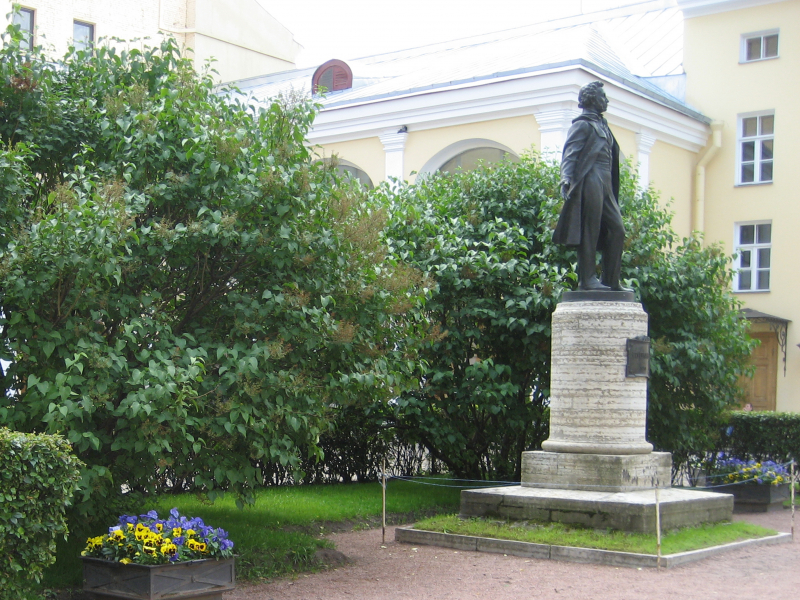
Credit: O-fly/ Wikimedia Commons
Room of Sergei Dovlatov
-
Where: Rubinstein St. 23
If the options above seem too dusty to you, here’s a more modern place to visit. After your classes at the Lomonosova campus, take a short trip to a communal apartment on Rubinstein Street, where, from 1944 to 1972, one of the rooms was occupied by Sergei Dovlatov.
Although outside the house you can see a memorial board and even a monument to the iconic Russian dissident writer, the apartment itself hasn’t saved many of his traces. Moreover, the other rooms are still inhabited and probably haven’t been redecorated since the writer’s childhood (especially the common facilities).
Currently, the room hosts “a Soviet life museum” with various artifacts of the time, with none of the items belonging to the writer. Here you can find an Underwood typewriter, a Riga 55 washing machine, a metal bed – according to the guides, the writer had a similar one. The only original thing left is a green fireplace. Nevertheless, it’s a great way to not only extend your knowledge of Dovlatov’s life but discover the routine of communal apartments almost firsthand.
Please note that the only legal way to get inside is by taking a group tour with a guide!
